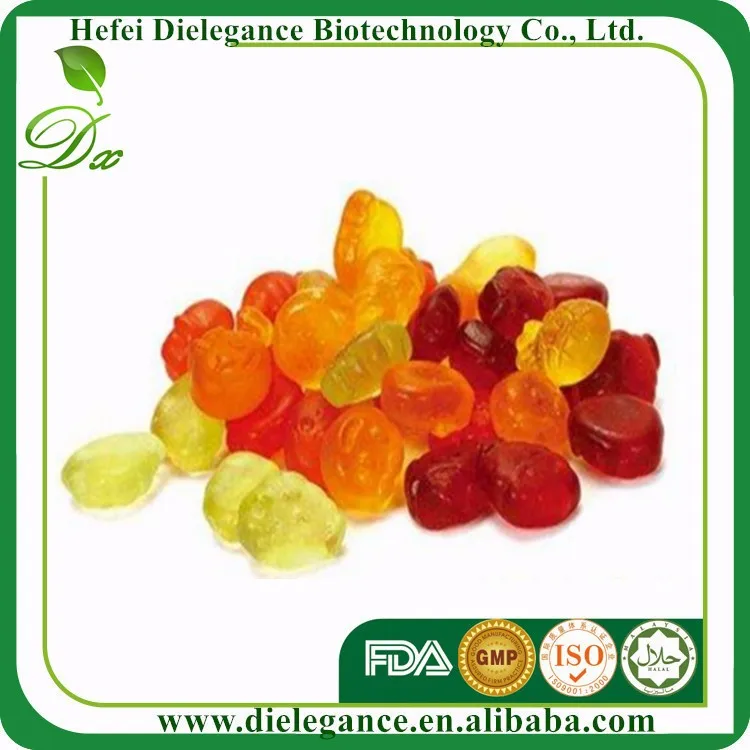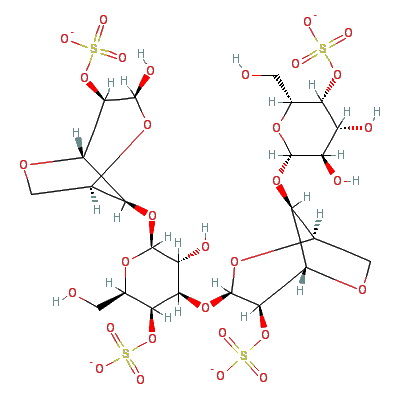

It was possible to get a good prediction of the droplet diameter by estimating the local viscosity from shear-rate calculations and an experimental relation between the shear rate and viscosity. This maximum flow rate was limited by the power transfer of the vibration exciter to the liquid flow. At the maximum production rate of 27.6 dm3/h, uniform droplets with a diameter of (2.1 +/- 0.12) x 10(-3) m were obtained. Uniform droplets were formed by breaking up a capillary jet with a sinusoidal signal of a vibration exciter.

The emphasis is on the droplet formation, which is the rate-limiting step in this extrusion technique. Here we present the further scale-up of the extrusion technique with the theory to predict the droplet diameters for non-Newtonian fluids. The droplet diameter can, within limits, be adjusted to the desired size, but it is difficult to predict because of the non-Newtonian fluid behavior of the kappa-carrageenan solution. The gel-bead production rate is usually sufficient to make the relatively small quantities needed for bench-scale experiments. Several methods are used to produce the gel beads. Immobilization of biocatalysts in kappa-carrageenan gel beads is a widely used technique nowadays.

Large-scale production of kappa-carrageenan droplets for gel-bead production: theoretical and practical limitations of size and production rate. As conclusion, kappa carrageenan scan be potentially used for producing traditional foods based on the hard-texture-oriented foods whereas iota carrageenan can be used for the traditional foods with better adhesiveness. On the other hand, the reserve result were found in the adhesiveness parameter. The study indicated that traditional food models added kappa carrageenan at 2% generated remarkably higher in the hardness, cohesiveness, and springiness than those added iota carrageenan. hardness, cohesiveness, springiness and adhesiveness have been measured using texture analyzer. Therefore, the aim of this research was to determine the effect of kappa and iota carrageenans in traditional food models using modified cassava flour, sugar, and coconut milk. The carrageenan has not been widely applied to traditional foods. R.Ĭarrageenan has been known well as hydrocolloids that forming viscous dispersions and gels when dispersed in water. Published by Elsevier Ltd.Īpplication of iota and kappa carrageenans to traditional several food using modified cassava flourĪl-Baarri, A. DPEO in a mixed solution of kappa-carrageenan and iota- carrageenan suggested two possibilities for the microscopic network structure: an interpenetrating network structure, or micro-phase separation. The results of diffusion measurements for poly(ethylene oxide) (PEO) suggested that kappa-carrageenan formed thick aggregates that decreased hindrance to PEO diffusion by decreasing the solute kappa-carrageenan concentration in the voids of the aggregated chains, and that iota- carrageenan formed fine aggregates that decreased the solute iota- carrageenan concentration less. The results also suggested that longer carrageenan chains are preferentially involved in aggregation, thus resulting in a decrease in the average Mw of solute carrageenans. Rheological and NMR measurements suggested an exponential formation of rigid aggregates of kappa-carrageenan and a gradual formation of fine aggregates of iota- carrageenan during two step increases of G'. The temperature dependencies of the (1)H T2 and diffusion coefficient (D) of a mixed solution of kappa-carrageenan and iota- carrageenan were measured by NMR. NMR study on the network structure of a mixed gel of kappa and iota carrageenans. Then, the rheological experiments used to determine the small and large deformation behavior of gels will be detailed before reviewing the relationships between gel properties and hybrid carrageenan chemistry.

After introducing the general chemical structure defining hybrid carrageenan, the isolation of the polysaccharide will be discussed focusing on the interplay between seaweed species, extraction parameters, and the hybrid carrageenan chemistry. This chapter focuses on hybrid carrageenan showing the ability to form gels in water, which is known in the food industry as weak kappa or kappa-2 carrageenan. This polysaccharide is extracted from specific species of seaweeds belonging to the Gigartinales order. Hybrid carrageenan is a special class of carrageenan with niche application in food industry. Hybrid carrageenans: isolation, chemical structure, and gel properties.


 0 kommentar(er)
0 kommentar(er)
